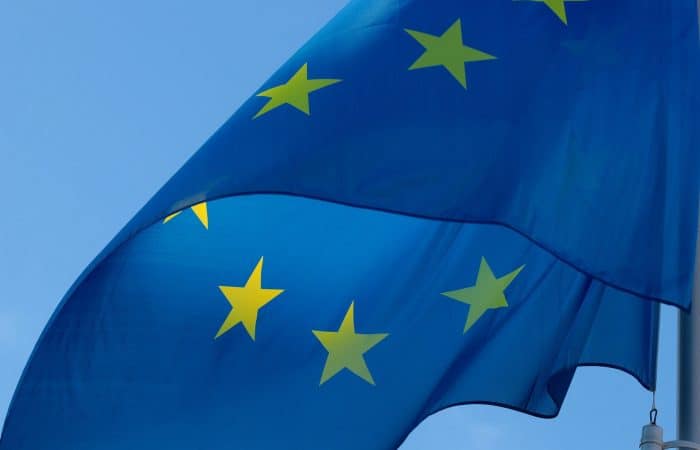This is part 1 of a blog series on expert control and sanctions. At the seminar we are organizing on 11 October 2022, we will discuss ‘trade compliance in international trade’ in more detail. Not only the trade sanctions and export control discussed in this blog, but also compliance in the international supply chain. You can still register for this seminar via the button below. Important note: the seminar will be presented in Dutch.
More info & Registration
As a part of its international commitment to prevent the proliferation of nuclear, chemical or biological weapons, the EU and its Member States have adopted measures to control the transport of dual-use items. These items include materials, equipment and technology which can be used for both civilian and military purposes.
On 2 September 2022 the EU issued a report on the implementation of the new Regulation (EU) 2021/821 establishing a Union regime for the control of exports, brokering, technical assistance, transit and transfer of dual-use items (EU Dual-Use Regulation). Regulation (EU) 2021/821 entered into force on 9 September 2021 and constitutes an updated version of the first Regulation 428/2009 of 5 May 2009 which set up a framework for the EU system of control of exports of dual use-items.
Please find the link to the report here.
The need to modernise the legal framework for dual-use goods has increased in the face of the parallel development of new technologies and global conflicts affecting the world trading system, such as the war in Ukraine. In such a context, ensuring the security of trade is necessary and the publication of this report provides an insight into the concrete and practical significance of the EU Dual-Use Regulation.
In a few figures, during the year 2020 about 40,000 requests for EU exports of dual-use items to third countries were made to the Member States. Of these applications, about 550 were refused, hence about 98.6% of the applications were accepted. In view of this and the conclusions of the report, the EU Commission is of the opinion that “the regulation has made the overall export control framework more efficient, flexible and forward-looking (…)”.
Some key points and conclusions of the report
- About the export control policy, the report presents the functions, bodies, objectives and outcomes of the EU-US Trade and Technology Council (TTC) and its Export Control Working Group. The TTC represents the EU’s active engagement in the cooperation with third countries in export control and its principal aim is to ensure greater coordination in approaches on trade and technology issue.
- The Dual-Use Coordination Group (DUCG) conducted and supported several general information exchanges on export control issues and national implementation measures. As results, it seems that there has been an increase in export control breaches compared to 2021, and a decrease in the number of licenses for the export of cyber-surveillance technologies in particular.
- Several platforms involved in the implementation of the EU Dual-Use Regulation have been set up or are being developed. This is the case of the Dual-Use e-System (DUeS), which aims at facilitating and making more efficient the exchange of information in different fields and with, among others, the UK. Secondly, the use of the dual-use e-licensing system which became operational in 2021 could be extend to the EU’s partner countries as currently studied by the Commission.
- Regarding key data on EU export controls as provided by the report, they first show that dual-use exports represented about 2.7% of EU total exports (intra and extra-EU) for a total dual-use trade value of € 128 billion in 2020. Additionally, the main extra EU destinations were China, the United States, Taiwan, South Korea and Russia. With respect to intra-EU transfers, the main destinations were France, Sweden, Finland, Germany, Spain and Belgium.
In conclusion, the EU Commission report details the implementation of the EU Dual-Use Regulation as regards the evolution of the policy and regulatory framework applicable to export controls in the EU. It should be noted firstly that the report is based on data from 2020 and 2021, it therefore does not reflect the effects of the EU export control policy taken following the Russian invasion of Ukraine. Secondly, the report was adopted at the same time as the annual report on Foreign Direct Investment (FDI) screening, as both play a strategic role in maintaining the EU’s security in trade and investment control. Finally, the annex to the report provides an interesting look at further implementation, including a focus on enforcement.
This publication is provided for your convenience and does not constitute legal advice.
More information
If you have any questions concerning the impact of the EU export controls measures on your company, or would like to discuss, please feel free to reach out to our Trade, Industry and Logistics lawyers:




